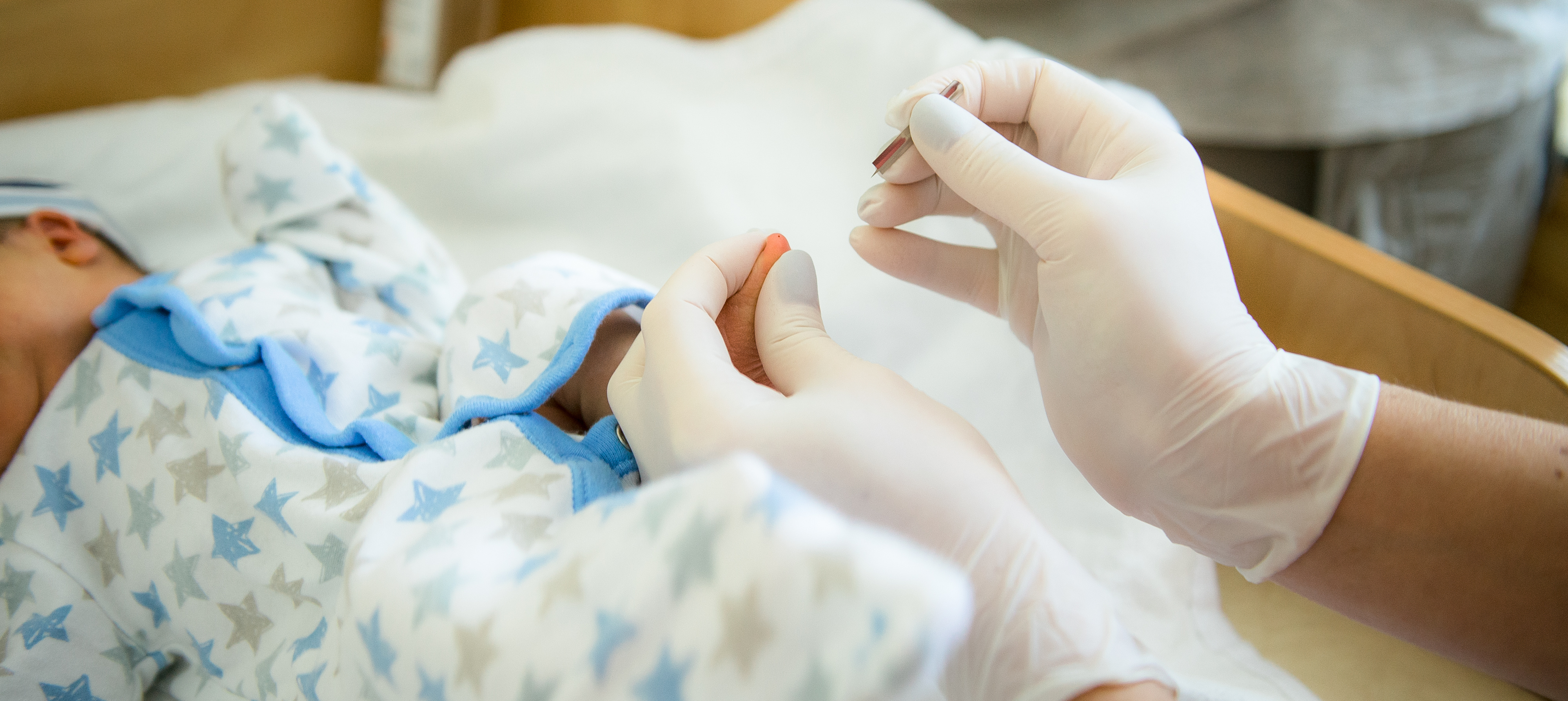Media release
From:
Sydney researchers urge for new testing and treatment guidelines and fast-tracked drug development.
- One-third of sepsis deaths in newborns are caused by antibiotic-resistant bacteria
- Treatment regimens recommended by the World Health Organisation (WHO) may no longer be effective to treat many neonatal infections in Southeast Asia and the Pacific because of the rise of antimicrobial resistance (AMR)
Researchers are calling for an urgent overhaul of diagnostic and treatment guidelines for infections in newborn babies, after a University of Sydney-led study revealed frontline treatments for sepsis are no longer effective to treat the majority of bacterial infections.
The study, published in The Lancet Regional Health – Western Pacific, analysed almost 15,000 blood samples collected from sick babies in 2019 and 2020 at 10 hospitals across five countries in Southeast Asia, including Indonesia and the Philippines.
It found that most infections were caused by bacteria unlikely to respond to the currently applied WHO recommended treatments. These were developed using data from high-income countries, instead of using localised data which could be more accurate and therefore effective.
“Our study highlights the causes of serious infections in babies in countries across Southeast Asia with high rates of neonatal sepsis, and reveals an alarming burden of AMR that renders many currently available therapies ineffective for newborns,” said senior author Associate Professor Phoebe Williams, a Senior Lecturer and NHMRC Fellow in the Sydney School of Public Health.
“Guidelines must be updated to reflect local bacterial profiles and known resistance patterns. Otherwise, mortality rates are only going to keep climbing.”
The problem is further compounded by a lack of new antimicrobial medications in development for infants and babies, added co-author Michelle Harrison, PhD candidate and Project Coordinator of NeoSEAP in the Sydney School of Public Health.
“It takes about 10 years for a new antibiotic to be trialled and approved for babies,” Harrison said.
“With so few new drug candidates in the first place, we need a significant investment in antibiotic development.”
WHY THE TYPE OF ‘BUG’ MATTERS
For the samples which tested positive for fungal or bacterial infections, the team analysed whether they were caused by gram-positive or gram-negative bacteria – referring to the structure of the bacteria’s cell wall which influences how likely it is to develop and acquire antibiotic resistance.
Gram negative bacteria like E. coli, Klebsiella and Acinetobacter were responsible for nearly 80 percent of infections and are more likely to develop (and spread) antibiotic resistance.
“These bugs have long been considered to only cause infections in older babies, but are now infecting babies in their first days of life,” said Associate Professor Williams.
When treating babies, doctors don’t have time to wait for lab tests to confirm the exact cause of the infection, and often make an educated guess from published data, most often based on high-income populations, to guide treatment. These tests are also frequently delayed or falsely negative due to the difficulty of collecting blood samples.
Harrison explained that the findings showcase the importance of locally relevant data to guide routine medical decision-making.
“We need more region-specific surveillance to guide treatment decisions. Otherwise, we risk reversing decades of progress in reducing child mortality rates,” she said.
“Our results also revealed fungal infections caused nearly one in 10 serious infections in babies – a much higher rate than in high-income countries.
“We need to ensure doctors are prescribing treatments that have the best chance at saving a baby’s life.”
WHAT DOES THIS MEAN FOR AUSTRALIA?
While this study didn’t involve cases from Australia, the authors note that these findings highlight the growing threat of AMR globally.
“Antibiotic resistance spreads across borders,” said Associate Professor Williams. “Thankfully in Australia we have robust data on infections, which will continue to play an important role in monitoring the appropriateness of our first-line therapies to treat serious infections as antibacterial resistance unfolds.
“We’re currently evaluating infection data across NSW hospitals to ensure our treatment strategies remain effective.”
Harrison added: “Australia’s close ties to Southeast Asia and the Western Pacific mean we must stay vigilant and proactive in updating guidelines and developing new treatments in the face of these alarming findings.”



 Australia; Pacific; NSW
Australia; Pacific; NSW


